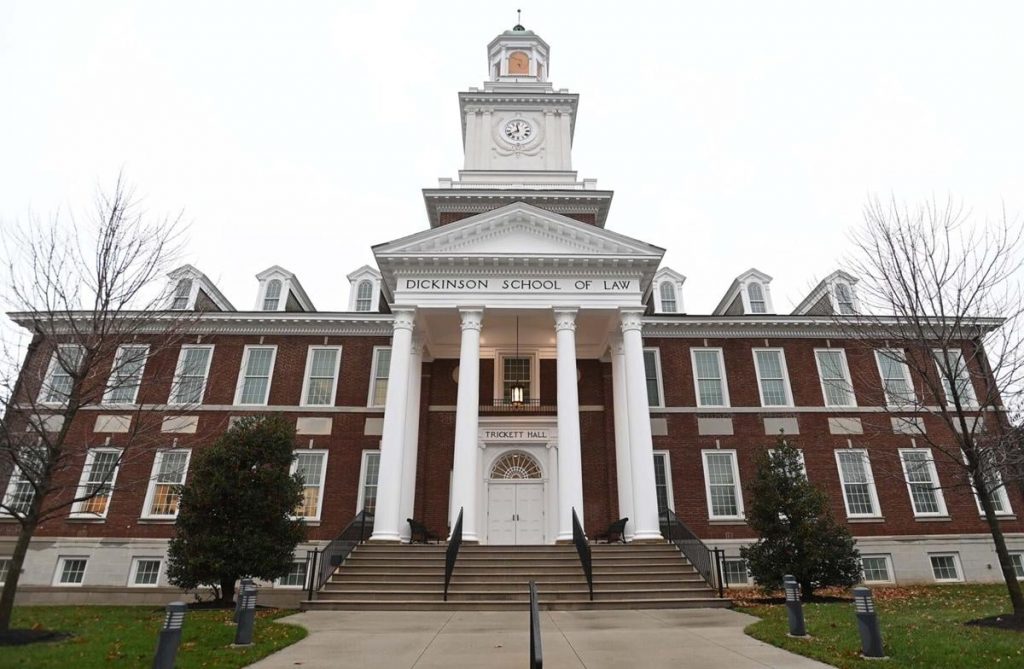
Pennsylvania State University has officially received the American Bar Association’s (ABA) approval to merge its two law schools into a unified institution. This decision marks the culmination of a two-year effort to consolidate Penn State Law and Penn State Dickinson Law, promising cost efficiency and enhanced competitiveness in the region.
The newly merged school will operate under Penn State Dickinson Law, with a centralized administration and leadership structure. The consolidation is expected to take full effect with the incoming class of 2025.
A Strategic Move Towards Consolidation
The ABA’s Council of the Section of Legal Education and Admission to the Bar officially approved the unification earlier this month. Penn State University announced the milestone shortly thereafter, signaling the start of a new chapter for its legal education programs.
Previously, the two law schools operated independently:
- Penn State Law was based in University Park and ranked No. 68 by U.S. News & World Report.
- Penn State Dickinson Law, located in Carlisle, Pennsylvania, held a slightly lower rank at No. 75.
Under the new plan, the consolidated school will combine resources and streamline operations. Danielle Conway, the current dean of Penn State Dickinson Law, will lead the unified institution.
The Vision for the Future
The primary campus for the consolidated Penn State Dickinson Law will be in Carlisle, leveraging the rich history and existing infrastructure of the Dickinson campus. The University Park campus will remain active, hosting a smaller group of law students.
Key highlights of the plan include:
- Student Enrollment Goals: The unified institution aims to admit 200 students annually, starting with the class of 2025. This includes 125 in-person Juris Doctor (JD) students at the Carlisle campus and 75 at University Park.
- Cost Savings and Competitiveness: By merging leadership and administrative functions, Penn State anticipates significant cost reductions and improved ability to compete with neighboring law schools.
Want to know if you’re earning what you deserve? Find out with LawCrossing’s salary surveys.
A Historical Perspective: From Separation to Reunification
Penn State’s relationship with Dickinson Law dates back to 1997, when the university acquired the Carlisle-based law school. In 2006, Penn State expanded its legal education program by opening the University Park campus.
Initially operating as one entity, the law schools separated in 2014, each obtaining individual ABA accreditation. This division, however, proved financially burdensome over time.
University President Neeli Bendapudi initiated the reunification process in November 2022, convening a panel to explore the consolidation. The university was grappling with a $149 million budget deficit at the time, with a projected shortfall of $34 million for the current fiscal year.
How Penn State Stands Among Its Peers
Penn State’s move reflects a broader trend among universities that operate multiple law schools. While rare, these setups offer lessons on balancing resources and accreditation:
- Rutgers University operates its law campuses in Newark and Camden jointly, with shared accreditation.
- Widener University, by contrast, runs two separately accredited law schools in Wilmington, Delaware, and Harrisburg, Pennsylvania.
By consolidating its programs, Penn State aims to strengthen its position in the competitive legal education landscape and offer students an enhanced learning experience.
What’s Next for Penn State Dickinson Law?
With the ABA’s green light, Penn State Dickinson Law is moving full steam ahead to prepare for the incoming class of 2025. University officials are optimistic about the potential for growth, innovation, and increased national recognition.
The unified institution hopes to become a leading force in the legal education sphere, combining the best of its two former campuses to deliver a robust academic experience.
For prospective students, faculty, and alumni, this marks the beginning of a transformative journey that promises to uphold the university’s legacy while embracing modern challenges.
Don’t be a silent ninja! Let us know your thoughts in the comment section below.
















































